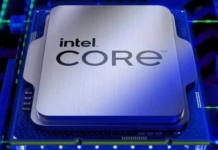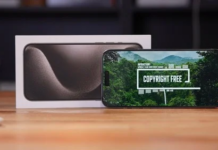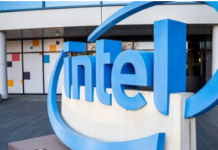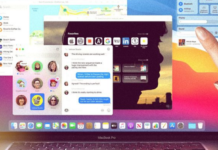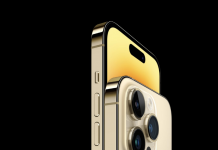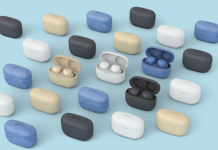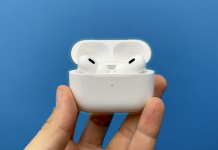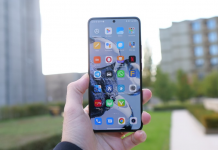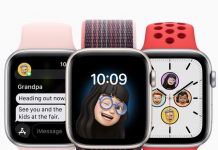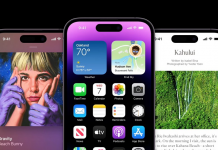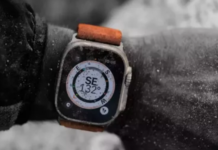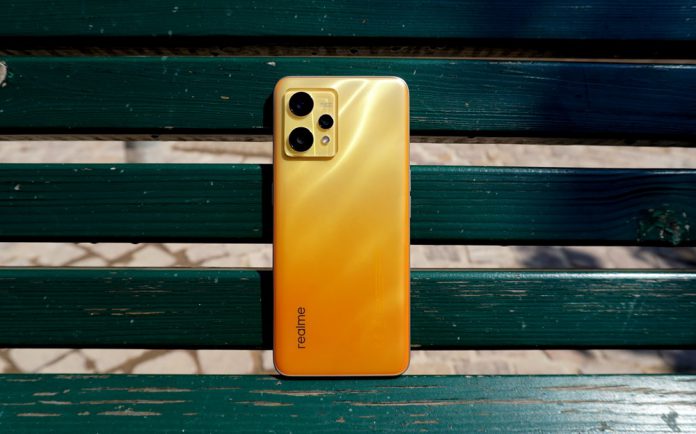Three novelties for Realme, which just yesterday presented its new products dedicated to the Italian and European market. These are Realme 9, Realme 9 5G and Realme Pad Mini, which are two smartphones that fall within the price range between 200 and 300 euros and the light version of the company’s tablet.
If Realme 9 5G focuses everything on connectivity with a Qualcomm Snpadragon 695 octacore processor with 5G modem (in Italy in the 4GB version of RAM and 64GB or 128 GB of storage), the “brother” Realme 9 has its strengths in the 108 MP camera with Samsung HM6 sensor, in the 6.4″ Super AMOLED display and in the autonomy thanks to the 5000 mAh battery coupled with a low-energy processor like the Snapdragon 680.
Of the two smartphones we had the opportunity to try for a few days just the Realme 9 in the characteristic golden yellow color, and the conclusion we came to is that it succeeds well in the objectives it sets itself, while the processor needs some tricks to make the best. That’s why.
DESERT-INSPIRED DESIGN AND GOOD DISPLAY
The first thing that catches the eye is the holographic effect of the back cover which, made with a layered procedure, gives as a final result a texture with a 3D look that changes according to the light. Inspired by the dunes of the desert, it is enhanced to the maximum in the golden yellow color that I tried; the black and silvery-white alternatives are also available, more sober but probably less impactful.
The back cover is made of plastic material, as well as the contrasting frame; the feeling is not particularly premium, but having a matte finish does not retain the fingerprints too much and I appreciated the choice to place the photographic module on a transparent plate able to give chromatic continuity to the whole.
Along the bezel are the 3.5mm headphone jack, the mono speaker, the volume and power buttons, the USB-C socket for charging and the triple slot where you can insert up to two nanoSIM and a microSD, which is a great endowment.
The ergonomics are good: the Realme 9 is rather thin and light (we are talking about 7.9 mm thick and 178 g in weight) and holds well in the hand, even if the diagonal is already wide enough, as far as I am concerned, to have to use the other hand to get to the other side of the display, where there is the punch hole that houses the front camera.
Even the display is something that I particularly appreciated considering the price range of the product: it is a super AMOLED with a frequency of 90Hz that, with its 6.4 ” and 2400×1080 FHD resolution lends itself well to various activities, from navigation to gaming, to watching multimedia content. These features have made it possible to install a fingerprint recognition sensor under the display that hits us 9 times out of 10, so quite accurate.
It can be seen fairly well even under direct sunlight, although the fact that the lower frame is a little thicker than the others, as happens on many mid-range and low-end smartphones, is not particularly appealing from an aesthetic point of view.
Positive that the frames are overall quite thin, with a proportion of 90.8% of the display compared to the surface, all protected by Gorilla Glass 5.
It comes with a pre-applied film with an oleophobic treatment not bad and in the package, in addition to the charger, there is also a transparent silicone cover.
WELL THE SOFTWARE, PROCESSOR TO BE ENHANCED
Alongside a hardware endowment available in two versions of 6 GB or 8 GB of RAM and 128 GB of storage, there is a Qualcomm Snapdragon 680 processor with 6nm production technology.
A component, this, that shines above all for optimization of autonomy, which in fact is very satisfactory as I will say later. Precisely for this reason, the out of the box experience is not exciting in terms of fluidity despite the 90Hz of the display: being able to count on a 5000 mAh battery, my advice is to set the Maximum Performance mode from the settings, and in this case the music changes totally, giving you a much more snappy user experience.
A mention also deserves the software: it arrives in the Realme UI 3.0 version based on Android 12 with Fluid Space Design and I found it practical, with a series of customizations typical of the house and goodies such as flexible windows, the ability to switch to split screen view, the smart sidebar containing a series of shortcuts for screenshots, record screen, translation and calculator. There is also the option to virtually increase the RAM up to 5 GB.




